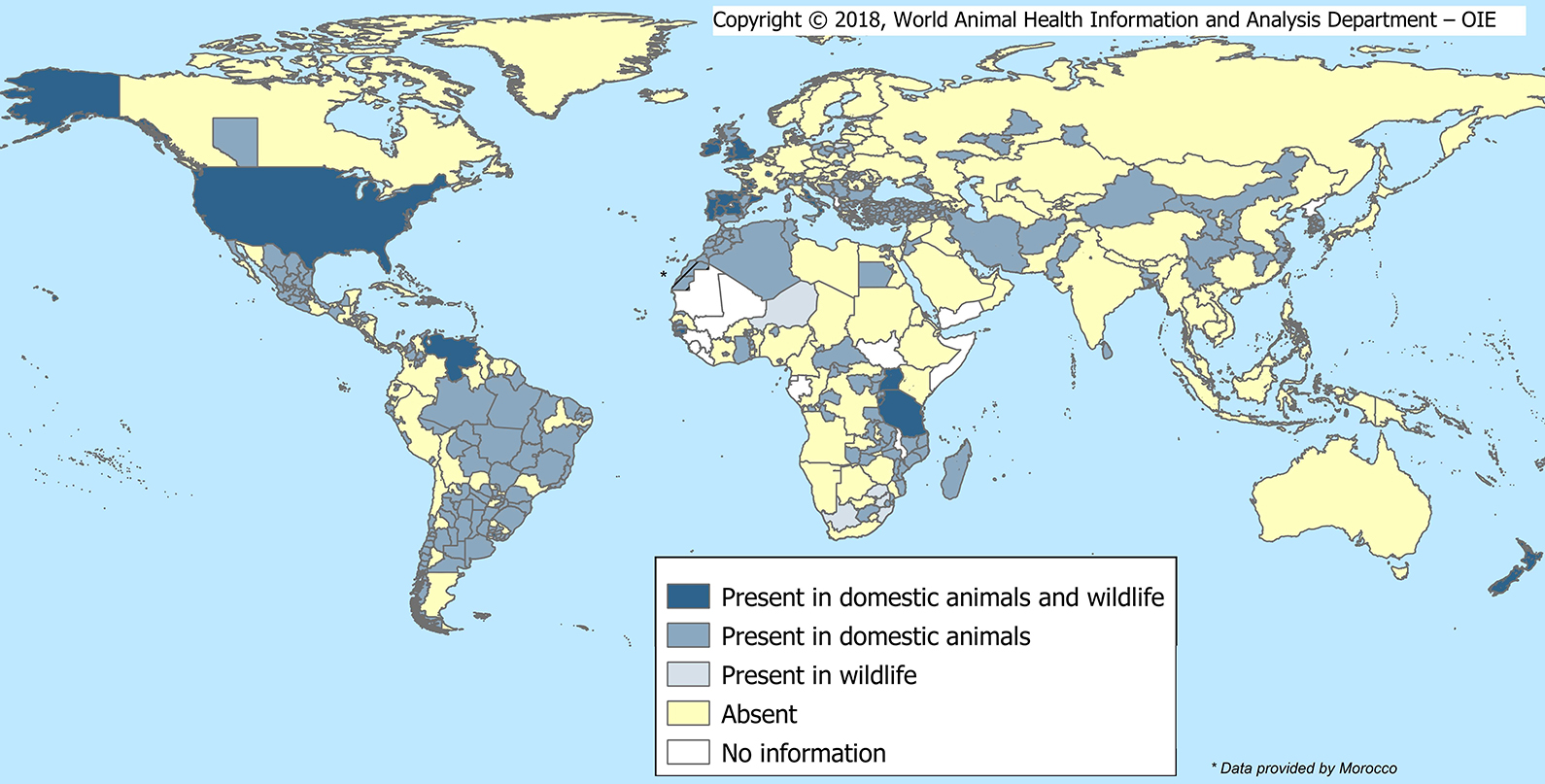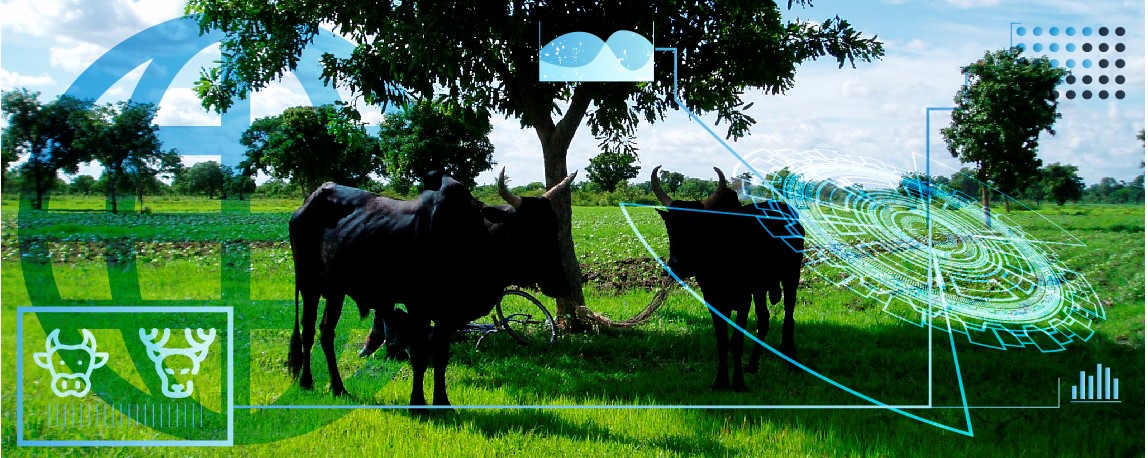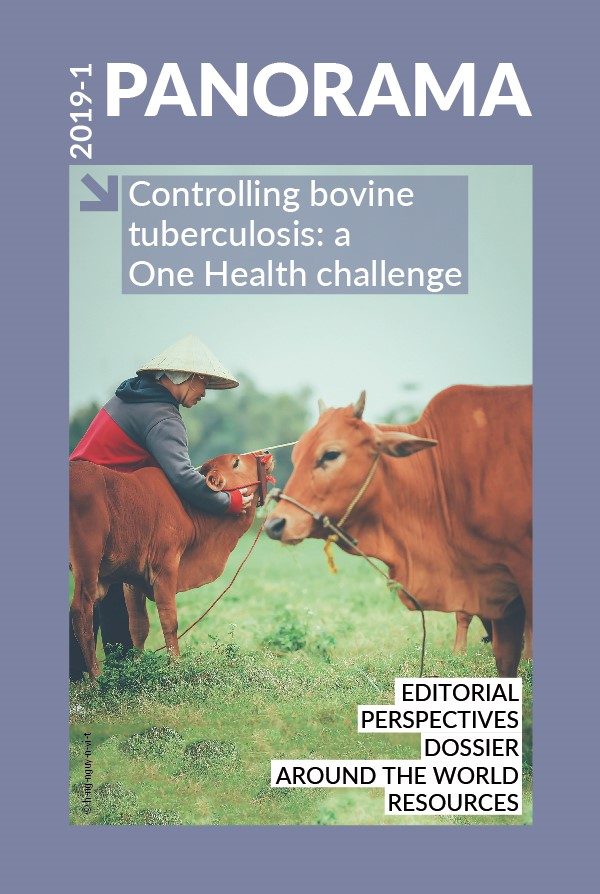Dossier Posted on 2019-05-21 19:08:25
Bovine tuberculosis: global distribution and implementation of prevention and control measures according to WAHIS data
Keywords
Authors
Kiyokazu Murai(1)*, Paolo Tizzani(2), Lina Awada(2), Lina Mur(2), Neo J. Mapitse(3) & Paula Caceres(4)
(1) Chargé de mission, World Animal Health Information and Analysis Department, World Organisation for Animal Health (OIE).
(2) Veterinary Epidemiologist, World Animal Health Information and Analysis Department, World Organisation for Animal Health (OIE).
(3) Head, Status Department, World Organisation for Animal Health (OIE).
(4) Head, World Animal Health Information and Analysis Department, World Organisation for Animal Health (OIE).
* Corresponding author: k.murai@oie.int
From January 2017 to June 2018, of the 188 countries and territories reporting their bTB situation to the OIE, 82 countries (44%) were affected, which demonstrates a widespread distribution of the disease (Fig. 1).

Among the 82 affected countries, 29 (35.4%) countries reported the presence of bTB in both livestock and wildlife. Two (2.4%) countries reported bTB present only in wildlife, compared to 51 (62.2%) which indicated that only livestock were affected. Moreover, among these 82 affected countries, 66 (80.5%) provided quantitative data for outbreaks via WAHIS, demonstrating relatively good reporting of the global situation of this disease. The persistence of the infection in wildlife poses challenges for disease control in some countries [1], due to the potentially significant impact of wildlife as reservoirs and spillover hosts.
What are we doing to fight bovine tuberculosis?
The implementation of relevant measures is crucial for preventing and controlling bTB at its animal source to avoid its transmission between animals and to humans.

An analysis of the implementation of prevention and control measures for bTB by country, using WAHIS data, showed that, among the affected countries, 23% had implemented all the relevant control measures. These were: active surveillance, complete or partial stamping-out, and movement control. The majority (62%) of affected countries had implemented some of the relevant measures. However, 3% of them had not applied any of these measures, and therefore require strengthened control efforts.
Among the countries where the disease was reported as absent, the majority (82%) recorded implementing at least one of the relevant prevention measures, namely surveillance and/or border control.
The above data demonstrate a high level of vigilance for bTB by affected and non-affected countries. As outlined in the Roadmap for Zoonotic Tuberculosis [2], the collection and reporting of more complete and accurate data is considered one of the priority areas for controlling zoonotic tuberculosis caused by Mycobacterium bovis. For this reason, countries are encouraged to continue to maintain and improve their level of bTB surveillance and reporting.
http://dx.doi.org/10.20506/bull.2019.1.2912
References
- Palmer M.V. (2013). – Mycobacterium bovis: characteristics of wildlife reservoir hosts. Transbound. Emerg. Dis., 60 (Suppl. 1), S1–13. https://doi.org/10.1111/tbed.12115.
- World Health Organization (WHO), World Organisation for Animal Health (OIE) & Food and Agriculture Organization of the United Nations (FAO) (2017). – Roadmap for Zoonotic Tuberculosis.










